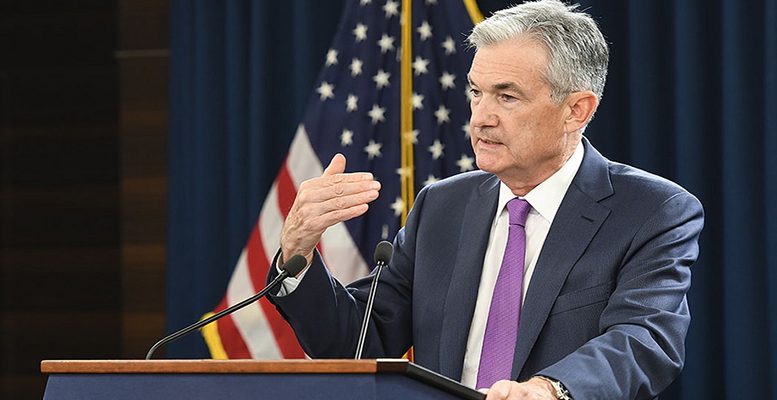Fernando González Urbaneja | The relationship between bond and share prices is well known; when bond yields fall, shares are likely to rise. And the opposite is true, the lower the bond yield, the higher the share price. This is the general thesis that admits exceptions and variants. Bond prices are closely linked to the interest rate determined by central banks as well as the risk premium applied to each issuer, be it country or company.
The current and future trend is for central banks to raise benchmark rates. The Fed with determination (it has already raised rates by a quarter point and this week may add another half point) and the European Central Bank more slowly but unequivocally. In fact, European bonds are already at 1% for German bonds, 2% for Spanish bonds and a little more for Italian bonds. US bonds are already hovering around 3%, attracting investment that strengthens the dollar, something that does not always satisfy the Treasury, which does not want the currency to lose competitiveness. Nor is it in the interest of Europeans for the dollar to strengthen as many imports of raw materials, especially fuels, are fixed in dollars.
The stock market becomes less attractive and share prices fall because investors change the composition of their portfolios. And the quality of each asset also plays a role. The shares of solid companies with high expectations holding up better and those with debt or less favourable prospects weakening.
Times are always difficult for investors, but in some cases volatility is more pronounced. And this is one of those difficult times, when an unfavourable rumour or reality takes excessive cuts. The recent case of Netflix is eloquent. A slight drop in customers and the hypothesis of a change in conditions causes the share price to fall by half, from more than $350 to less than $200 in the short space of two weeks. The same goes for Amazon whose quarterly results caused it to lose $500 (from $3,000 to $2,500) in two sessions.
The results companies are reporting for the first quarter are not bad, quite the contrary, but the trend for the current quarter is not upward, quite the contrary. The war in Ukraine is going to last and the restructuring of supply chains, price management, consumer and investor sentiment, advise to think about decisions without haste. Rebuilding energy patterns, production systems and customer networks takes time. The good news is that companies have taken on the task for what it is worth. The problem comes with the urgency – will they have the time?





